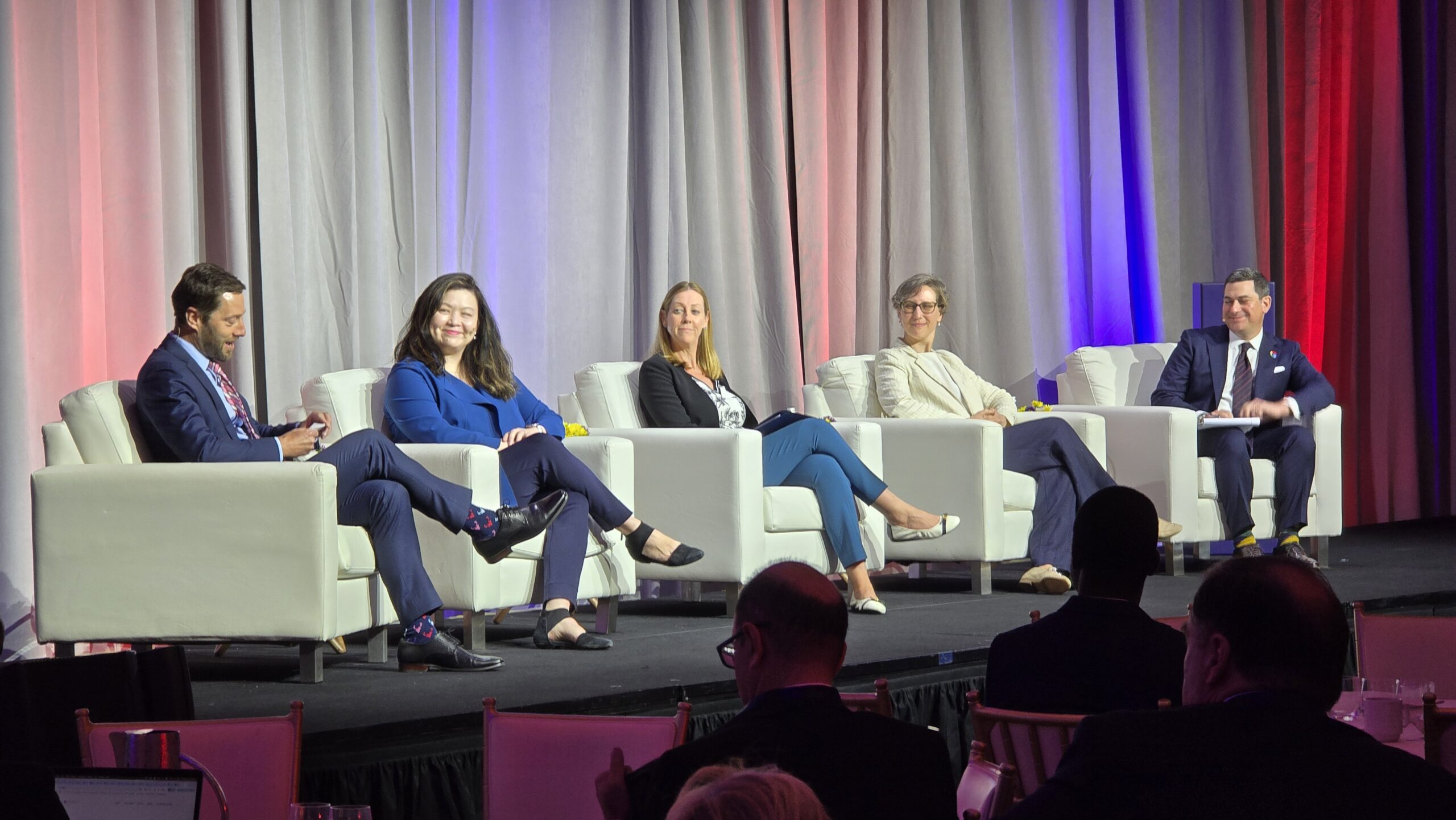At the AI+ Science Summit in Washington, D.C., the panel “Science is National Security” brought together thought leaders from government, industry, and the innovation economy to address a quietly radical thesis: scientific leadership has become the essential pillar of twenty first century power, as crucial to a nation’s security as the traditional tools of statecraft.
A Lab, a Patent, a Cipher: The New Arsenal
Josh Marcus (Google Public Sector) opened with a sharp reminder in 2025, national power is no longer defined solely by tanks and satellites. Rather, it is increasingly measured by one’s capacity to shape rules and norms in domains from supercomputing to biomanufacturing, a theme familiar to anyone grappling with crypto regulations or legislative frameworks for AI.
Helena Fu (Department of Energy) highlighted the enduring mission of the U.S. national labs, born of the Manhattan Project, to deliver not only scientific excellence but geopolitical advantage. Today, the Department of Energy’s charge is to weave together open science, commercial applications, and national security, the kind of integrated thinking that can support both energy innovation and resilience against emergent threats, from climate change to cyberattacks.
From Breakthrough to Deterrence Science as Adaptive Defense
Jennifer Roberts (ARPA-H) spoke to the heart of translational science, where “moonshot” investments can change the architecture of national advantage. Whether developing AI powered defenses for hospital networks or accelerating treatments across categories of disease, Roberts underscored how foundational advances in AI and data science are not only productive, they are in fact adaptive hedges against strategic surprise. The COVID 19 pandemic, she noted, illustrated how resilient systems, built on a foundation of research, data, and talent, can respond to the unforeseen with speed and efficacy.
Marcus, reflecting a private sector vantage, underscored that the unpredictability of technological progress is its own form of deterrence. A robust, agile scientific base allows nations to rebound from shocks, a point resonant for anyone considering scenario planning in digital asset markets or quantum proofing blockchains.
The Urgency of Scale Domains Where We Must Win
Megan Anderson (IQX) pushed the discussion towards the practical, where must the U.S. win in order to maintain advantage? Rather than “betting the farm” on a single sector, Anderson advocated a diversified, portfolio approach, AI, quantum, biotechnology, autonomy, and robotics. The real challenge, she argued, is to architect the technical infrastructure and bridge the chasm between research and deployment so that innovations deliver not just papers but palpable impact across the economy and defense.
This theme, the importance of turning basic science into operational capability, echoes current debates on digital public goods, from open source AI models to privacy enhancing cryptography.
Energy and Compute: The Infrastructure of Innovation
Much as the blockchain world worries about computational bottlenecks and sustainability, the panel foregrounded America’s looming energy crunch. Marcus pointedly observed that next generation AI and data centers are measured not just in petabytes or FLOPS, but in megawatts. Without a surge in clean, reliable energy production, calls for an AI fueled economy risk stalling.
The panel acknowledged this is not a problem that can be solved by technical wizardry alone. Regulatory streamlining, market alignment, and public private partnerships will all be needed, a familiar refrain to those working on digital infrastructure and compliance frameworks.
Security by Default: Not a Researcher’s Job
Perhaps the session’s most precise critique was aimed at the current state of cyber defense. Marcus and panelists agreed it is a structural error to expect AI researchers, biologists, or physicists to also be chief security architects. Science should advance safely by default. Instead, world class cybersecurity protections must be built into platforms, products, and protocols, freeing innovators to focus on discovery rather than defense.
This sentiment neatly parallels concerns in blockchain and privacy engineering effective solutions require security baked into the architecture, not appended as an afterthought.
The Art of Collaboration: Rethinking Public Private Partnerships
The panel sounded a note of humility around collaboration. Anderson, drawing on 25 years of experience, warned against forking commercial and government solutions, a challenge familiar to those working on regulatory compliant stablecoins or digital ID standards. The future lies in aligning incentives so that public investments support both national interests and private innovation, accelerating progress on both fronts, rather than bifurcating product development.
Data, Trust, and Regulatory Innovation
Both Roberts and Anderson noted that the data lifeblood of scientific discovery, especially in health, remains fragmented and under leveraged. Privacy, provenance, and interoperability surfaced as cross cutting concerns for accelerating breakthrough science while safeguarding individual rights and national security. The regulatory system, too, must evolve: from FDA trials for drugs to compliance standards for AI, more agile, responsive frameworks are necessary to keep pace with innovation.
For policymakers grappling with digital asset regulation, the message here is clear trust and usability come from clear standards, robust infrastructure, and shared governance models.
Final Signals What Must Change
In closing, the panelists offered direct calls for action
- Deepen cross sector partnerships The future of American power depends on new, more agile modes of collaboration between industry, academia, and government.
- Bridge research to reality Support mechanisms that translate early stage science into real world advantage, from clinical trials to secure cloud infrastructure.
- Treat science as a unified enterprise National strategy should align with the corporate rigor you’d expect from world leading platforms. Fragmentation is the enemy of speed, scale, and resilience.
And perhaps most resonant for those working in the legislative and digital asset landscapes innovation is inseparable from national security. America’s edge will depend on its ability to adapt regulatory, technical, and institutional architectures for an era shaped as much by algorithms and protocols as by traditional geopolitics.
Science is no longer the background hum of progress, it’s the operating system of national security.
For more information, please visit the following:
Website: https://www.josephraczynski.com/
Blog: https://JTConsultingMedia.com/
Podcast: https://techsnippetstoday.buzzsprout.com
LinkedIn: https://www.linkedin.com/in/joerazz/


Leave a Reply
You must be logged in to post a comment.